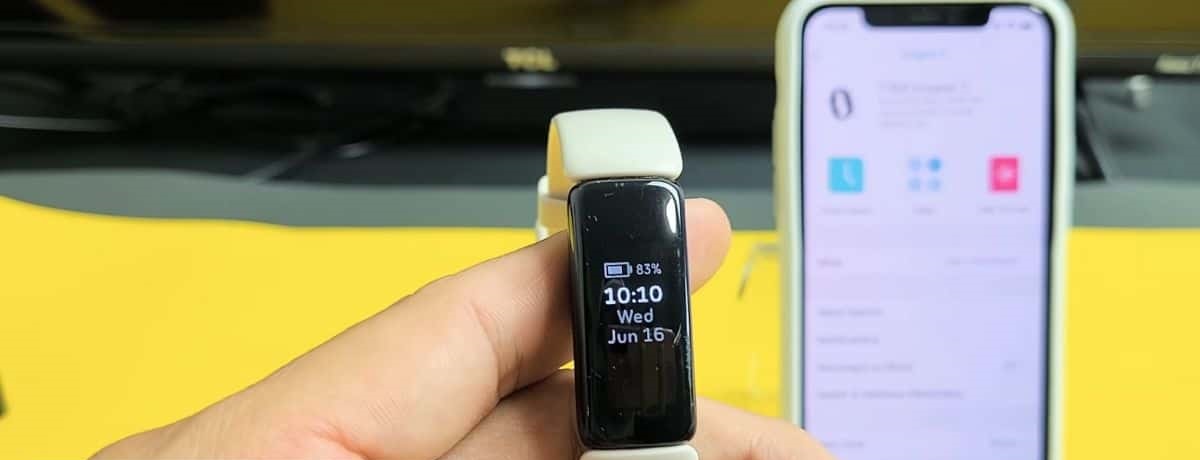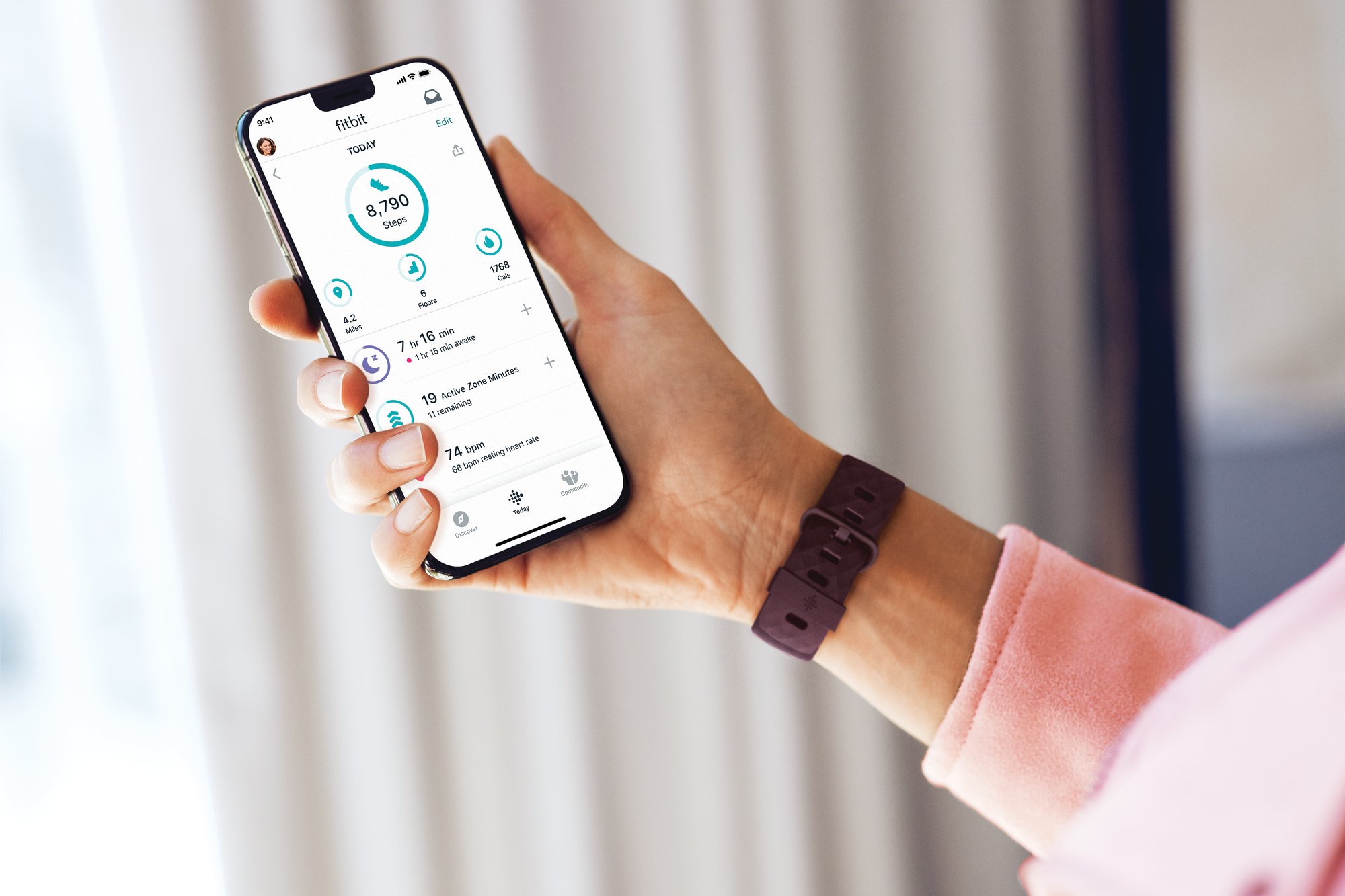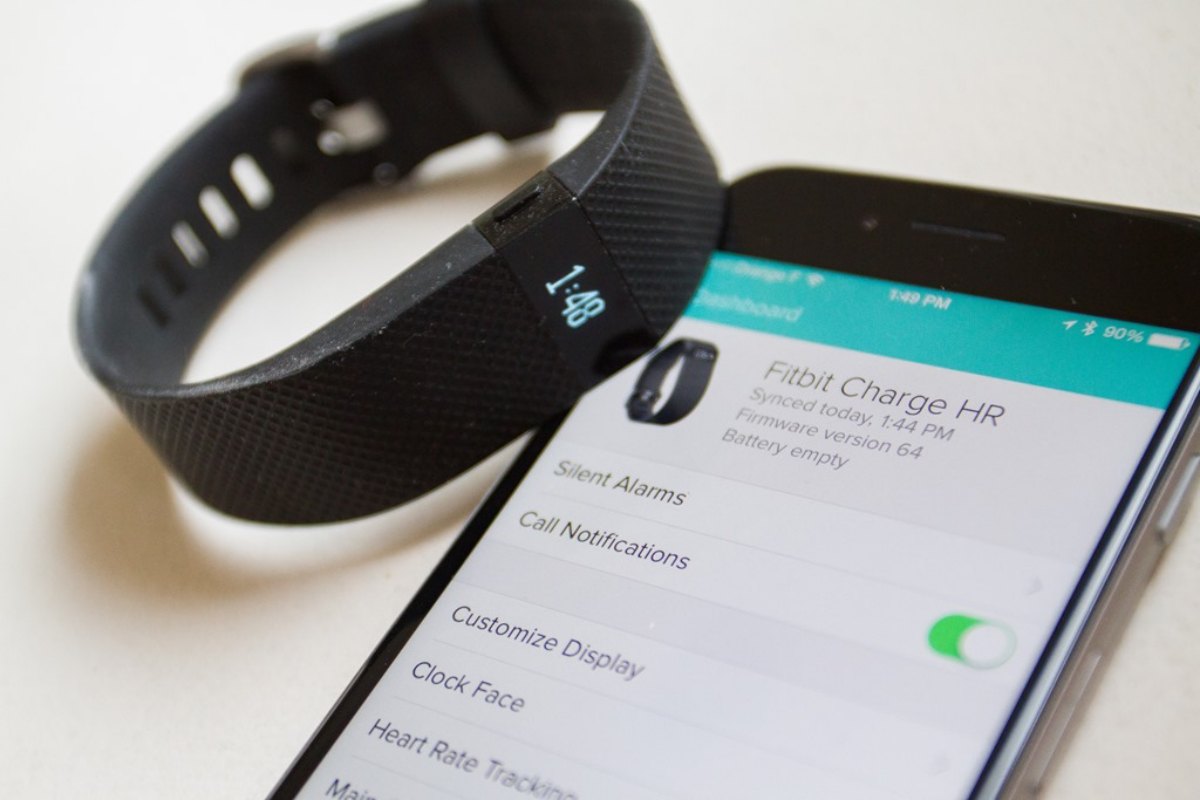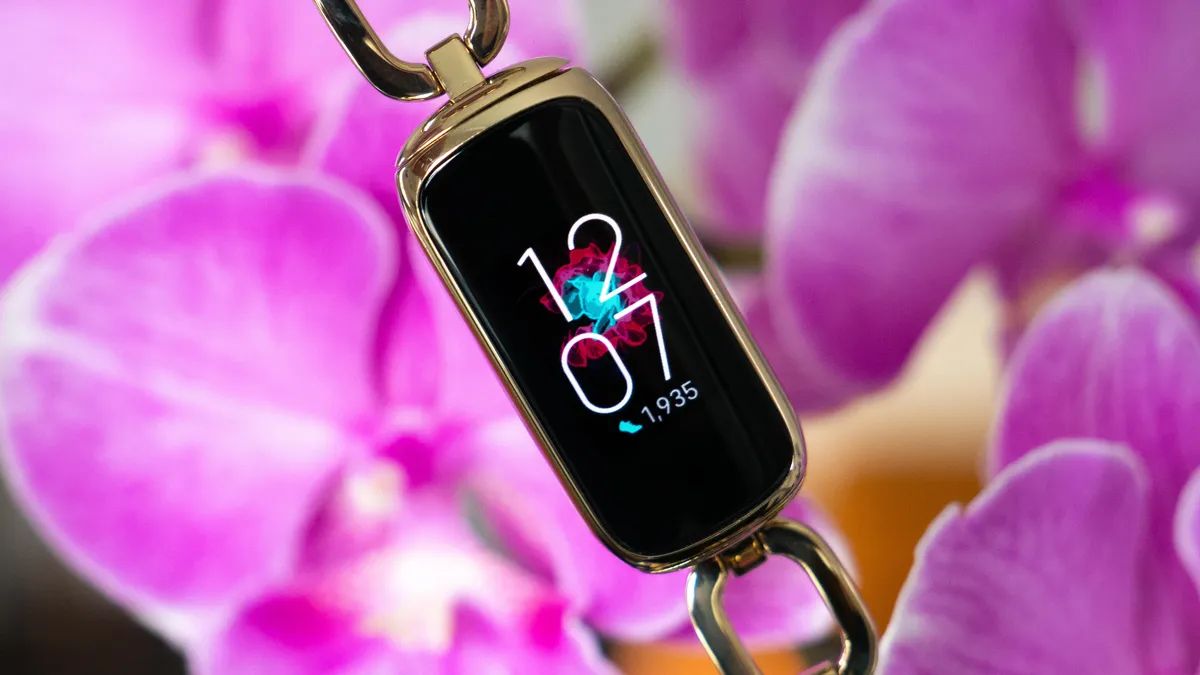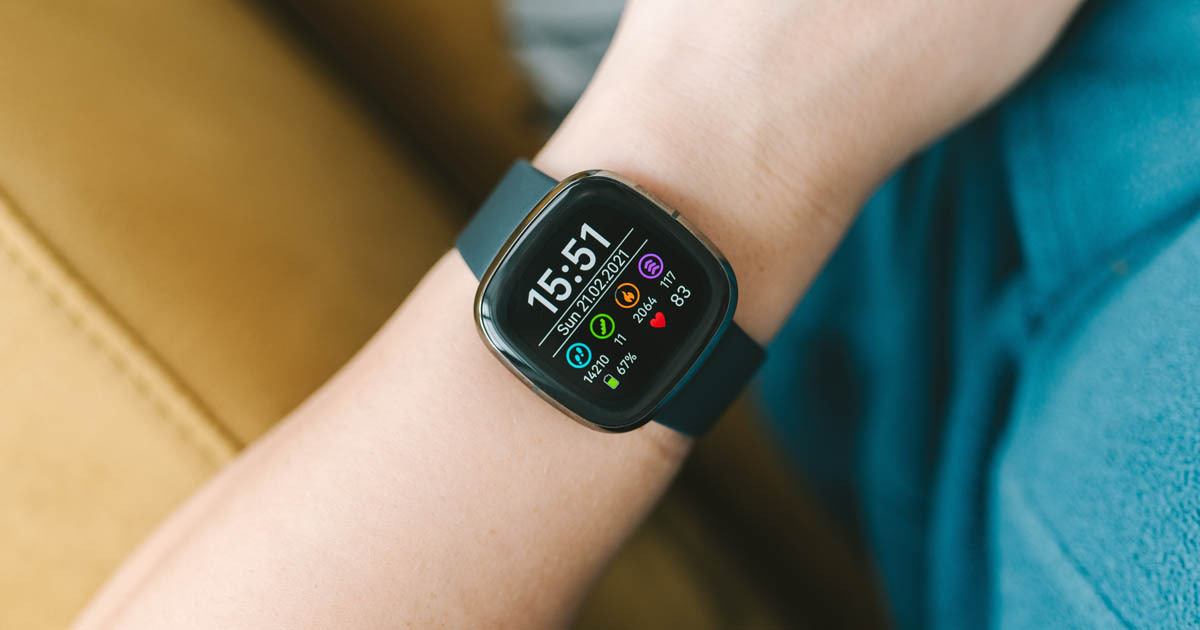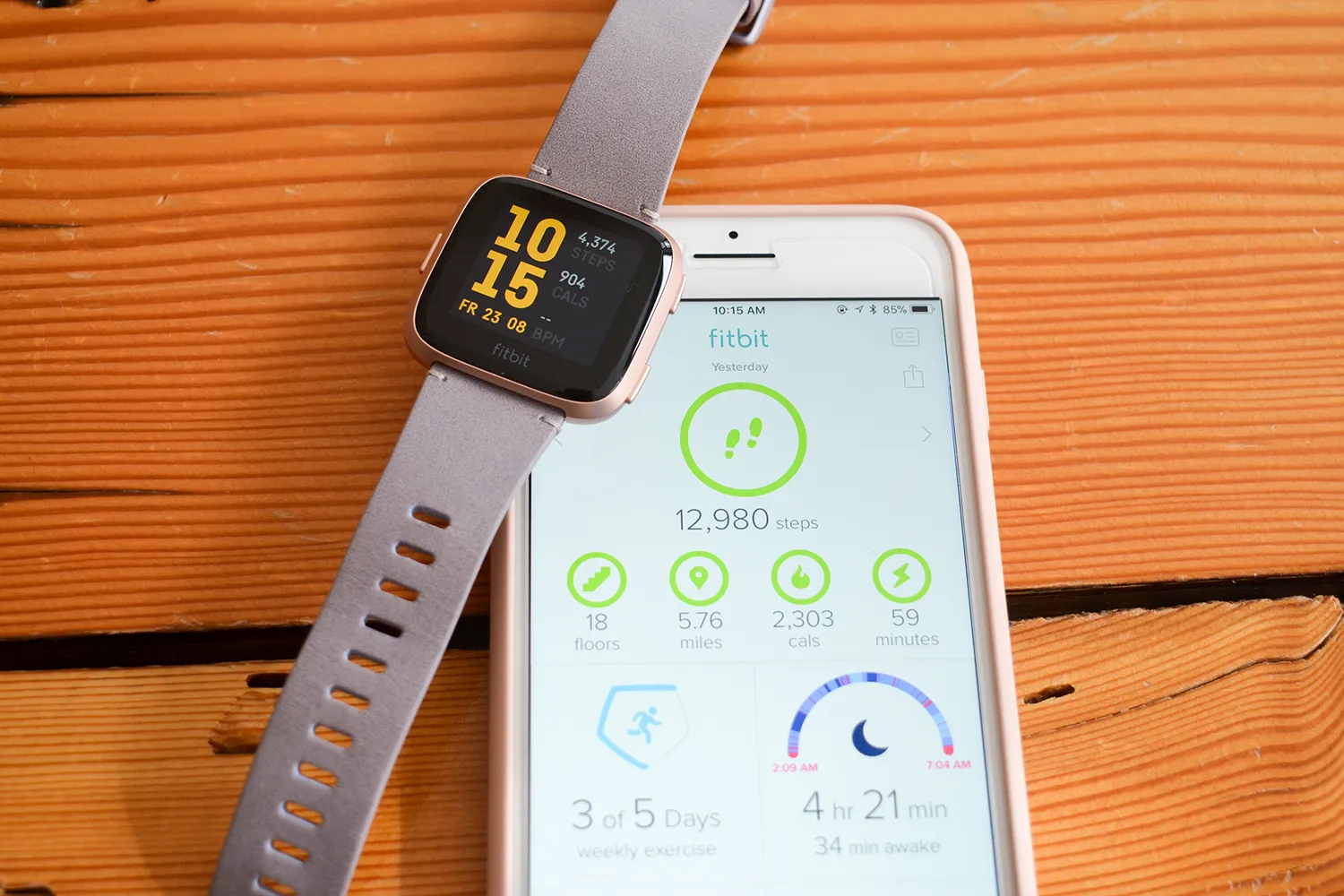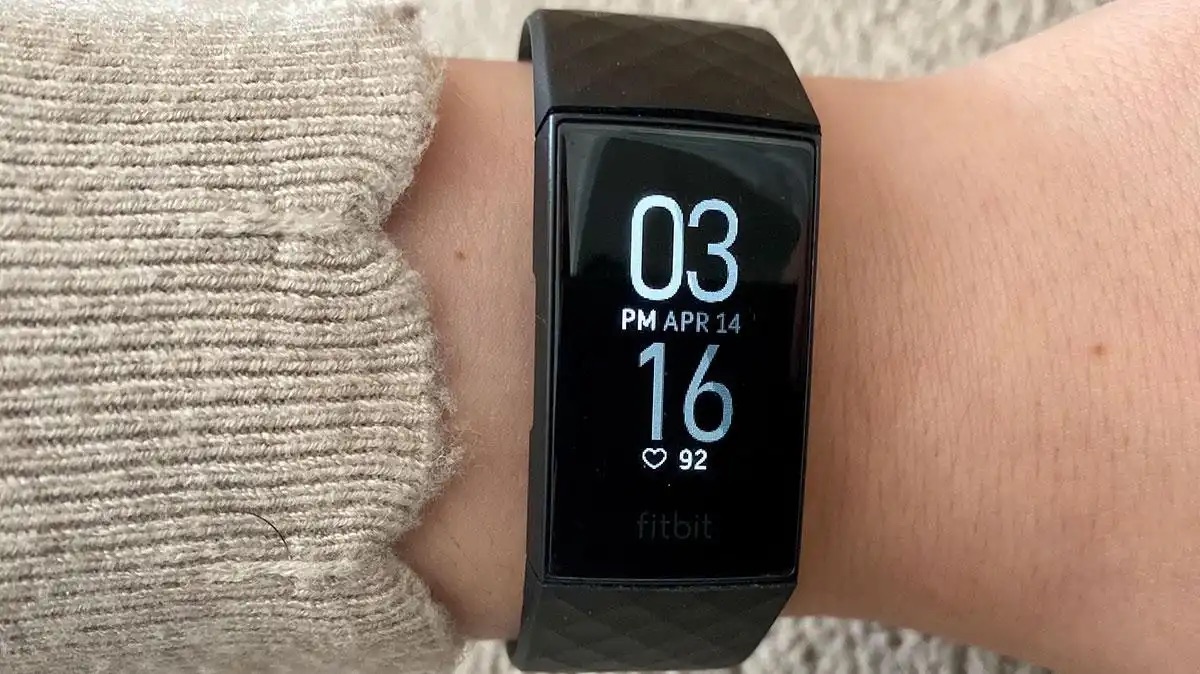Bluetooth Connection Issues
When your Fitbit can't find your phone, it's often due to Bluetooth connection issues. Bluetooth technology allows your Fitbit device to communicate with your phone, enabling features such as call and text notifications, music control, and using your phone's GPS. However, if the Bluetooth connection is disrupted, these features may not function as expected.
One common reason for Bluetooth connection problems is interference from other electronic devices. Devices such as microwaves, cordless phones, and even other Bluetooth-enabled gadgets can cause signal interference, leading to a weakened connection between your Fitbit and phone.
Additionally, distance and obstacles between your Fitbit and phone can also impact the Bluetooth connection. If you're too far away from your phone or if there are physical barriers like walls or metal objects between the two devices, the Bluetooth signal may struggle to maintain a stable connection.
Furthermore, outdated Bluetooth technology or software on either your Fitbit device or phone can lead to compatibility issues, resulting in connection problems. It's essential to ensure that both your Fitbit and phone are running the latest software versions to optimize Bluetooth connectivity.
Lastly, environmental factors such as electromagnetic interference in crowded areas or Bluetooth signal congestion in densely populated locations can contribute to connection disruptions between your Fitbit and phone.
Understanding these potential Bluetooth connection issues can help you troubleshoot why your Fitbit is unable to find your phone, enabling you to take the necessary steps to improve the connection and restore seamless functionality between your devices.
Fitbit App Settings
The Fitbit app serves as a central hub for managing your Fitbit device and customizing various settings to enhance your wearable experience. When encountering issues with your Fitbit not locating your phone, examining the app settings can often provide valuable insights and solutions.
First and foremost, ensuring that the Fitbit app is granted the necessary permissions on your phone is crucial. Permissions such as access to location services, notifications, and background app refresh are essential for enabling features like call and text notifications, GPS tracking, and seamless communication between your Fitbit and phone. Verifying and adjusting these permissions within the Fitbit app settings can address connectivity issues and restore the functionality of your wearable device.
Moreover, within the Fitbit app, you can configure specific settings related to call and text notifications. By accessing the notification settings, you can customize which apps and contacts trigger notifications on your Fitbit device. This level of customization not only personalizes your wearable experience but also ensures that important alerts are promptly relayed to your Fitbit, strengthening the connection between your device and phone.
Furthermore, the Fitbit app offers options to manage music control settings, allowing you to adjust preferences for controlling music playback on your phone through your Fitbit device. Verifying that these settings are configured correctly can contribute to a more seamless and integrated experience when using your Fitbit alongside your phone.
In addition to these settings, the Fitbit app provides a range of customization options for tracking and managing fitness-related data, sleep patterns, and overall wellness. By fine-tuning these settings to align with your preferences and lifestyle, you can optimize the synchronization between your Fitbit and phone, ensuring that essential data is consistently and accurately transmitted between the two devices.
By understanding and leveraging the various settings within the Fitbit app, you can troubleshoot connectivity issues and ensure that your Fitbit seamlessly communicates with your phone, enabling you to harness the full potential of your wearable device while staying connected and informed throughout your daily activities.
Phone Settings
Configuring the settings on your phone is an essential aspect of troubleshooting why your Fitbit may be unable to find it. By delving into the phone settings, you can address potential issues and optimize the connection between your Fitbit device and phone, ensuring seamless functionality and enhanced user experience.
First and foremost, examining the Bluetooth settings on your phone is paramount. Access the Bluetooth menu in your phone's settings and ensure that Bluetooth is enabled. Additionally, verifying that your phone is set to be discoverable to nearby devices can facilitate the pairing process with your Fitbit. These fundamental Bluetooth settings serve as the foundation for establishing a stable connection between your phone and Fitbit, laying the groundwork for seamless communication and feature integration.
Furthermore, within the Bluetooth settings, it's beneficial to review the list of paired devices. Confirm that your Fitbit device is listed as a paired and connected device. If it appears as an available device rather than a connected one, initiating the connection from your phone can reestablish the link and resolve connectivity issues.
In addition to Bluetooth settings, examining the notification settings on your phone is crucial for enabling call and text notifications on your Fitbit. By navigating to the notification settings for specific apps, you can ensure that relevant notifications are permitted to be displayed on your Fitbit device. This level of customization not only enhances the user experience but also strengthens the connection between your phone and Fitbit, ensuring that important alerts are seamlessly relayed to your wearable device.
Moreover, reviewing the battery optimization settings on your phone is essential. Some phones employ aggressive battery optimization techniques that may restrict background processes and connectivity, potentially impacting the communication between your Fitbit and phone. By exempting the Fitbit app from battery optimization, you can prioritize its functionality and maintain a consistent connection with your Fitbit device.
Additionally, checking for software updates on your phone is crucial. Operating system updates often include bug fixes and improvements to Bluetooth connectivity, potentially addressing underlying issues that hinder the synchronization between your Fitbit and phone. Ensuring that your phone is running the latest software version can mitigate compatibility issues and optimize the connection with your Fitbit device.
By navigating through these phone settings and making necessary adjustments, you can troubleshoot connectivity issues and fortify the connection between your Fitbit and phone, empowering you to maximize the utility and performance of your wearable device while staying seamlessly connected throughout your daily endeavors.
Fitbit Device Settings
Exploring the settings on your Fitbit device is an integral aspect of troubleshooting connectivity issues and ensuring seamless interaction with your phone. By delving into the Fitbit device settings, you can uncover valuable configuration options that optimize the connection and enhance the functionality of your wearable device.
First and foremost, familiarizing yourself with the Bluetooth settings on your Fitbit device is essential. Accessing the Bluetooth menu on your Fitbit allows you to verify the status of the Bluetooth connection and ensure that it is active and ready to pair with your phone. This fundamental setting serves as the gateway for establishing a stable connection between your Fitbit and phone, facilitating the seamless transmission of data and notifications.
Furthermore, within the Bluetooth settings, you may have the option to manage paired devices. Confirming that your phone is listed as a paired and connected device on your Fitbit device can provide insights into the status of the Bluetooth connection. If your phone appears as an available device rather than a connected one, initiating the connection from your Fitbit device can help reestablish the link and address any connectivity issues that may be impeding the synchronization between your Fitbit and phone.
Moreover, exploring the notification settings on your Fitbit device is crucial for enabling call and text notifications from your phone. By accessing the notification settings, you can customize which notifications are relayed to your Fitbit, ensuring that you stay informed and connected while using your wearable device. This level of customization not only enhances the user experience but also strengthens the communication between your Fitbit and phone, allowing you to receive important alerts directly on your wrist.
In addition to notification settings, reviewing the connectivity status and signal strength indicators on your Fitbit device can provide valuable insights into the strength of the connection with your phone. Understanding the signal strength and connectivity status can help diagnose potential issues and optimize the positioning of your Fitbit device in relation to your phone, ensuring a robust and stable connection between the two devices.
By navigating through these Fitbit device settings and making necessary adjustments, you can troubleshoot connectivity issues and fortify the connection between your Fitbit and phone, empowering you to maximize the utility and performance of your wearable device while staying seamlessly connected throughout your daily endeavors.
Troubleshooting Steps
Troubleshooting connectivity issues between your Fitbit and phone involves a systematic approach to identify and address potential obstacles that hinder the seamless interaction between the two devices. By following these troubleshooting steps, you can diagnose and resolve connectivity issues, restoring the functionality and integration of your Fitbit with your phone.
-
Restart Devices: Begin by restarting both your Fitbit device and phone. This simple yet effective step can clear temporary glitches and reinitialize the connection process, potentially resolving underlying connectivity issues.
-
Enable Bluetooth: Ensure that Bluetooth is enabled on both your Fitbit device and phone. Verifying that Bluetooth is active on both devices establishes the foundation for establishing a stable connection.
-
Pairing Process: If your Fitbit cannot find your phone, initiate the pairing process from both devices. This involves searching for available devices on your Fitbit and phone and establishing the connection between the two devices.
-
Update Software: Check for software updates on both your Fitbit device and phone. Installing the latest software versions can address compatibility issues and optimize Bluetooth connectivity.
-
Check Permissions: Review the permissions granted to the Fitbit app on your phone. Ensure that the app has access to essential features such as location services, notifications, and background app refresh to facilitate seamless communication with your Fitbit device.
-
Review Notification Settings: Examine the notification settings on both your Fitbit device and phone. Customize which notifications are permitted to be displayed on your Fitbit, ensuring that important alerts are seamlessly relayed to your wearable device.
-
Optimize Battery Settings: If your phone employs aggressive battery optimization techniques, exempt the Fitbit app from such optimizations to prioritize its functionality and maintain a consistent connection with your Fitbit device.
-
Check Signal Strength: Assess the Bluetooth signal strength indicators on both your Fitbit device and phone. Understanding the signal strength can help optimize the positioning of your devices to ensure a robust and stable connection.
-
Environmental Factors: Consider environmental factors that may impact Bluetooth connectivity, such as interference from other electronic devices or physical barriers. Minimize potential sources of interference and ensure proximity between your Fitbit and phone for optimal connectivity.
By systematically implementing these troubleshooting steps, you can identify and address the factors contributing to connectivity issues, ultimately restoring the seamless interaction between your Fitbit device and phone. These steps empower you to maximize the utility and performance of your wearable device while staying seamlessly connected throughout your daily endeavors.







